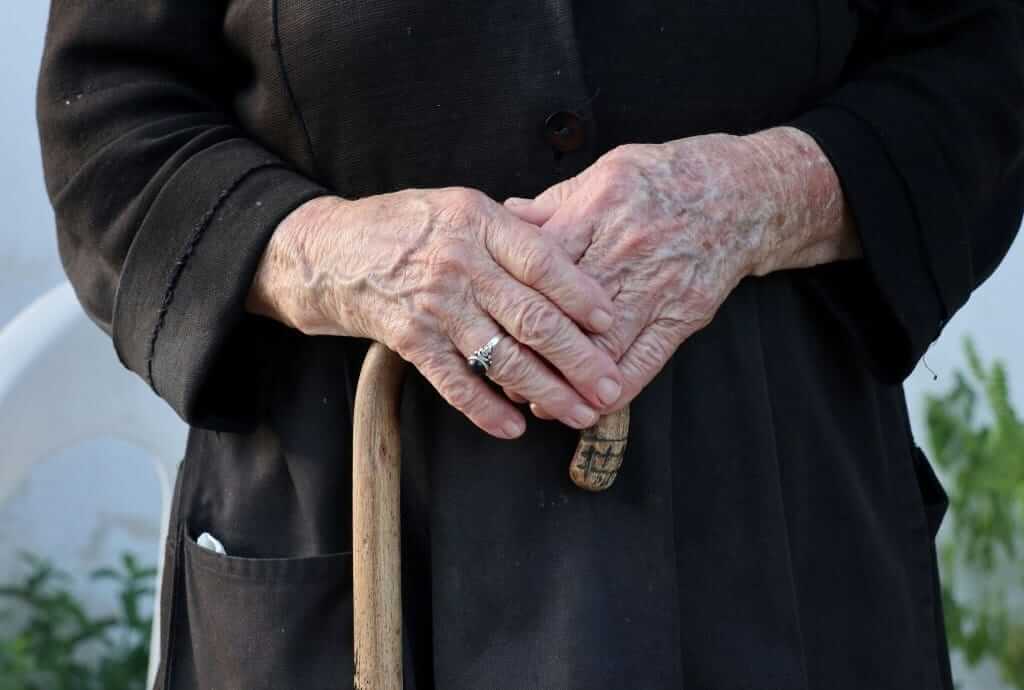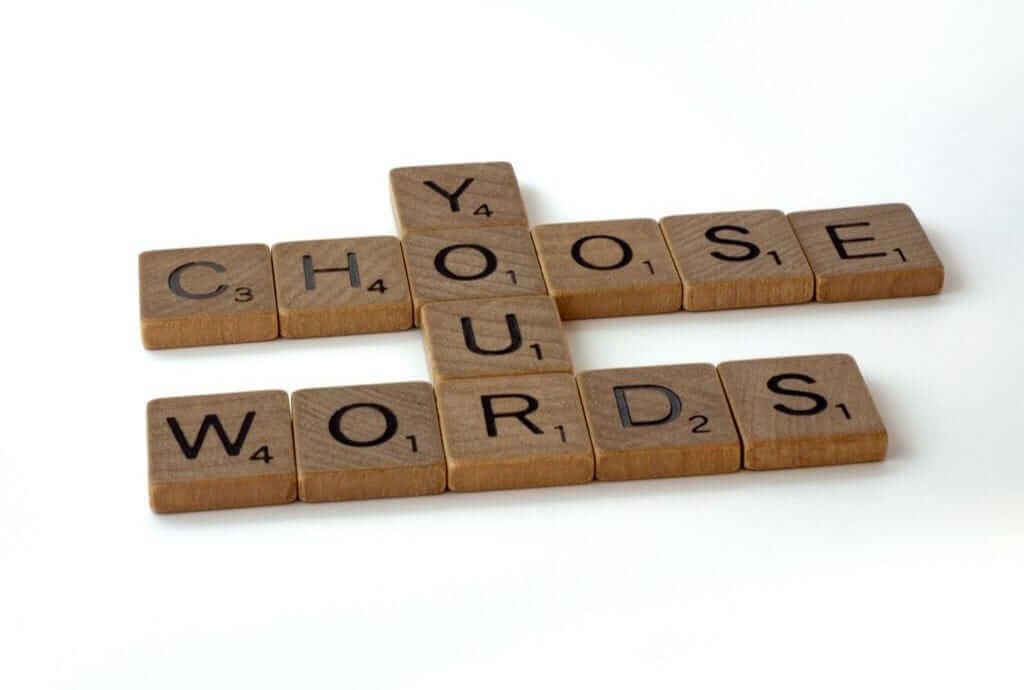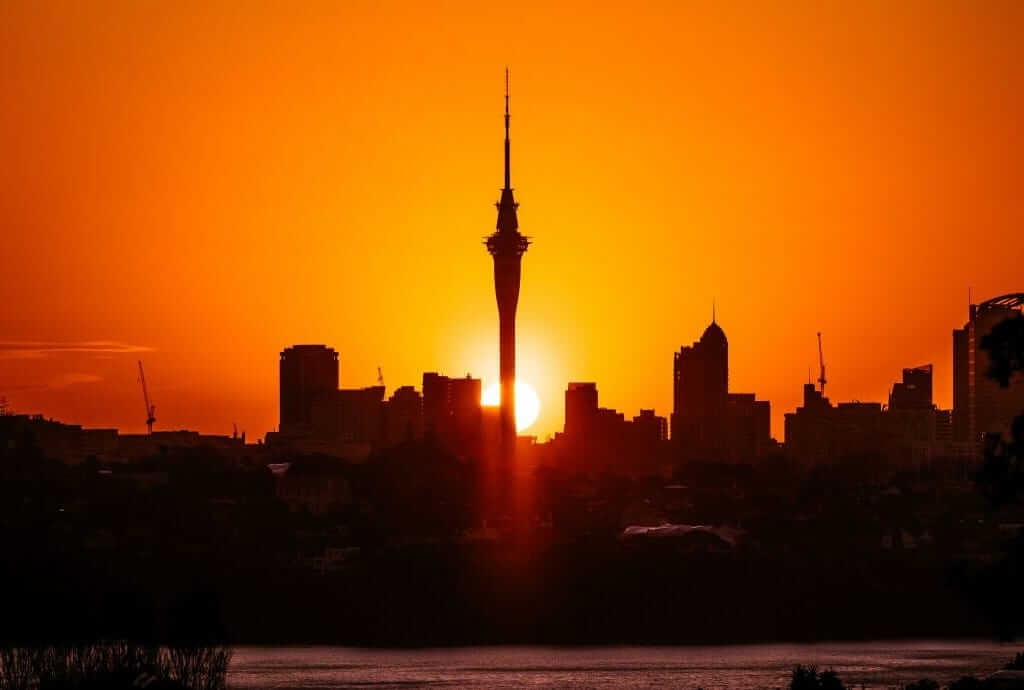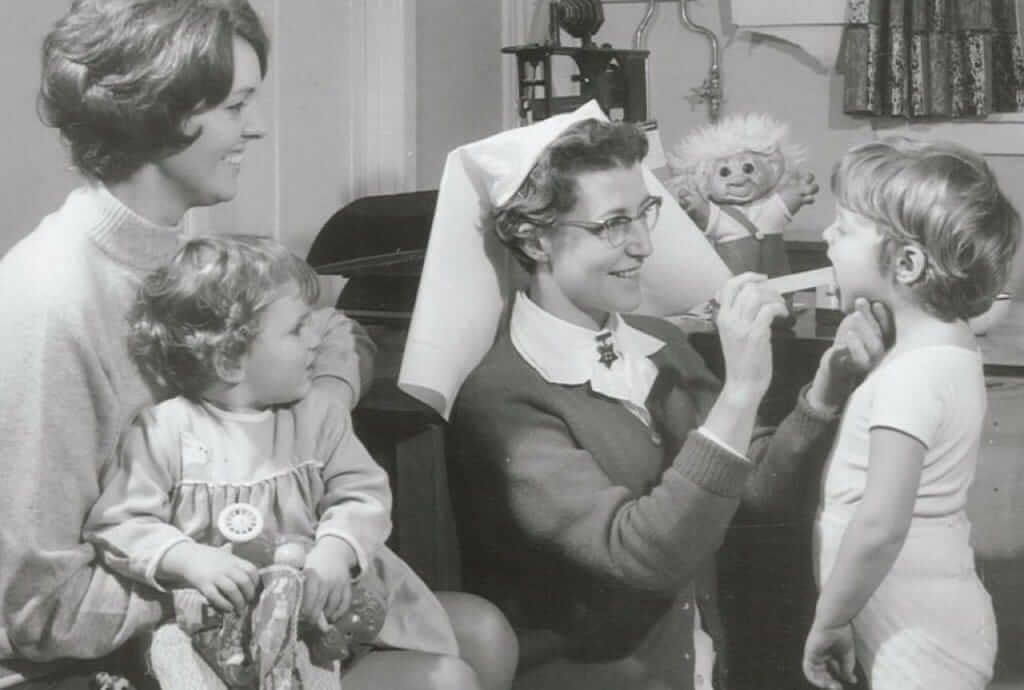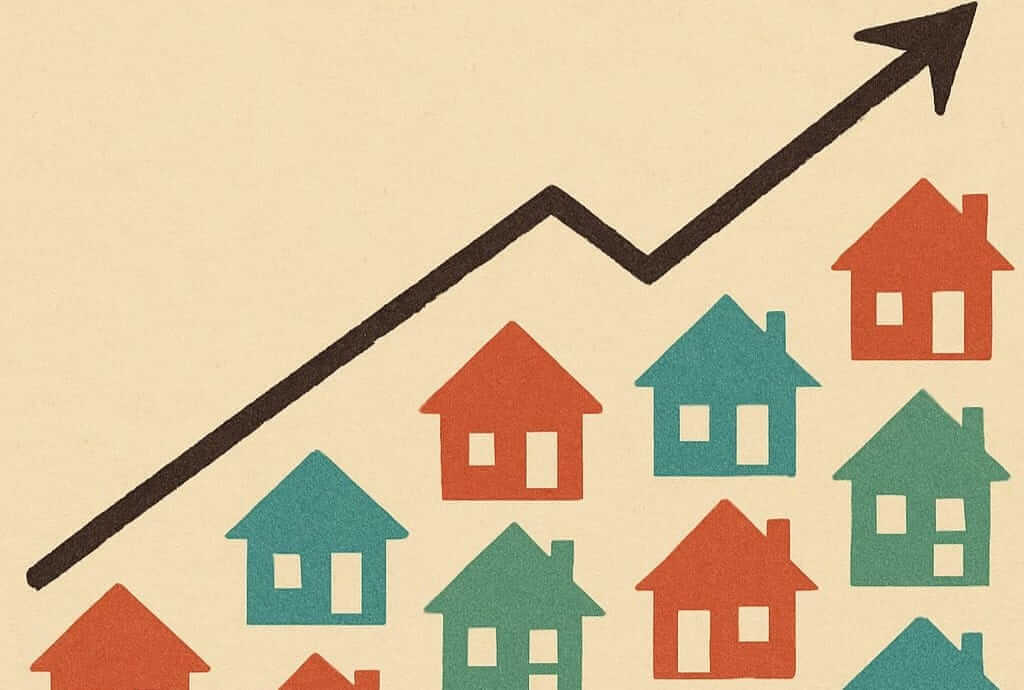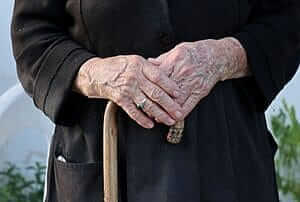In 2017, Labour campaigned on a goal to reduce the number of prisoners held in Kiwi jails by 30%. Since 2019, New Zealand’s incarceration rates fell by over 20%. But, after hitting a low at the beginning of 2022, the population has started to creep up again. The moves in incarceration rates match a recruitment shortfall that has hit Corrections particularly hard. Also, despite claims to the contrary, crime rates appear to be increasing dramatically.
Despite overall declines in prison populations, proportionally speaking Māori incarceration rates increased from 50% in 2018 to about 53% in 2022. Put another way, Māori inmate populations appear to be declining at a slower rate than their non Māori counterparts.
Nationwide there has also been a decrease in the number of remand prisoners (prisoners held in custody while awaiting trial or sentencing) since 2018, but numbers are still up about 40% overall since 2009.
Corrections staffing shortages
Corrections National Commissioner Leigh Marsh said shortfalls in staffing have led Corrections to place a cap on the number of inmates that can be housed at an institution. The ‘shadow cap’ is less than the prison is designed to house.
Staff shortages have resulted in more lockdowns, greater numbers of assaults within prisons, and the requirement to shuffle inmates from one prison to another.
More staff have left Corrections than have been recruited despite an aggressive recruitment drive that’s netted hundreds of applications. It takes months to train officers so it will be some time before labour shortages ease.
Corrections officials blame low pay and a tight labour market for staffing issues.
Are crime rates increasing while prison populations decrease?
The Government is keen to paint a picture that shows declining rates of offending. Minister of Police Chris Hipkins has claimed that despite ram-raids, crime linked to young people is declining. In an article regarding Northland prison, Corrections Minister Kelvin Davis said the the number of incarcerated inmates had ‘safely decreased while crime rates have remained static’. Peter Davis, Emeritus Professor of Population Health and Social Science, at the University of Auckland says the number of adults and youth before the courts is in decline. He claims nobody knows why the trends are down.
However, former prison volunteer Lindsay Mitchell writes:
‘Government politicians claim less crime is being committed, especially by youth, “according to the statistics”. But the statistics they use—apprehension, prosecution and conviction—rely on those activities actually occurring. If the police are instructed not to pursue a fleeing vehicle, then the ensuing apprehension etc. is less likely to happen.’
While correlation does not equal causation, it’s notable that a nominal decrease in incarceration rates matches about a 30% increase in victimisation rates since 2018, according to police data. It has been widely reported that gang activity is also up significantly. Data also reveals gun crime is at record levels with Auckland leading the way; although homicide rates may be down.
National’s Corrections spokesperson Simon O’Connor says:
‘The prison population has decreased by 24% under Labour. At the same time, violent crime has increased by 21%, and gang membership is up by 51%. Labour has an explicit target to reduce the prison population without a plan to reduce crime. This recklessness demonstrates public safety is not a priority for this Government.’
What about overseas?
Comparable countries like Australia and the UK also saw incarcerated populations decline over the same period, but at a fraction of what NZ experienced. NZ also has a higher proportion of sexual and violent offenders in prison than Australia.
Crime is shaping up to be an election issue and opponents are capitalising on a ‘crimewave’ of ram raids and violent crimes to label the Government as being too soft.

